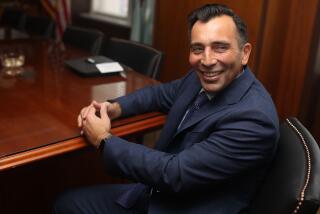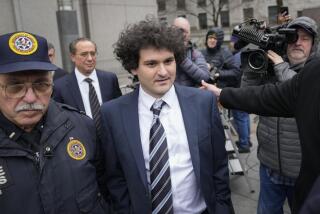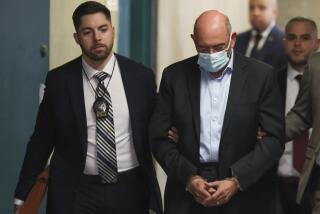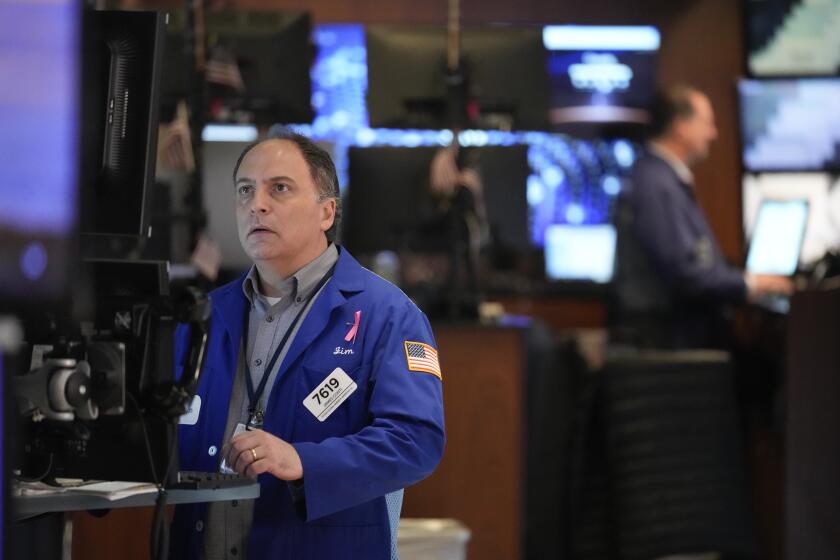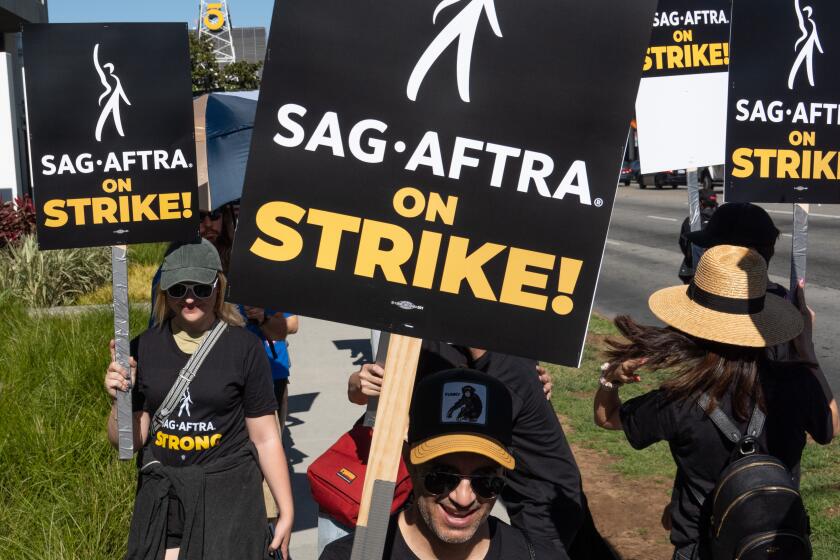Whitewashing the scandal that felled Tyco’s Dennis Kozlowski
When Dennis Kozlowski leaves prison on parole this week, having served more than eight years for 22 felonies, he will find comfort in Catherine Neal’s new book.
But for everyone else, the account, which declares the former Tyco chief executive innocent of stealing from the conglomerate, is disappointing. Neal’s book, “Taking Down the Lion: The Triumphant Rise and Tragic Fall of Tyco’s Dennis Kozlowski,” is published by Palgrave Macmillan.
Kozlowski’s name is embedded in the history of the U.S. corporate scandals that began with the collapse of Enron in late 2001.
Details of the case were lurid. They included the Roman orgy-themed party for his wife’s 40th birthday and the notorious $6,000 shower curtain in his Tyco-funded Manhattan apartment. “In the history of civilization,” Neal writes, this was one of “only two famous shower curtains” — the other is in the film “Psycho.”
Though frequently cited alongside other scandals such as Enron, WorldCom, Adelphia Communications and Global Crossing, Tyco — an industrial conglomerate — was an anomaly.
It was the only company of this group that did not file for bankruptcy, for instance. Neal makes a case for categorizing Kozlowski not with other felons, but with other titans, notably Jack Welch, former chief executive of General Electric.
Kozlowski himself tells the author that Tyco modeled his remuneration package — later at the center of the theft charges — on Welch’s.
As the Tyco shower-curtain revelations were emerging, Welch was renouncing generous retirement perks from GE that had drawn fire after they were cited in his divorce proceedings. “Jack said he was sorry he got piggy, and all was forgiven. It must be good to be Jack Welch,” Kozlowski wrote to Neal from prison.
The problem was that after Enron, in Neal’s words, an “infectious atmosphere of suspicion and doubt” hit the U.S. business world. A group of “hunters,” led by veteran Manhattan district attorney Robert Morgenthau, set out to take down Kozlowski — “the lion.”
Neal, an associate professor at Northern Kentucky University, says she has “a difficult time assigning blame or attributing bad motives.” But throughout, she points the finger at almost everyone other than Kozlowski.
The then-directors of Tyco were weak and dysfunctional, cutting their successful chief executive adrift as they ran scared from the consequences of their inadequate oversight. The media were often inaccurate and biased. Jurors were unable to understand the evidence.
Colleagues and advisors, the higher courts that rejected his appeals and even the board that turned down his first request for parole, added to Kozlowski’s pain.
Neal claims he was made vulnerable by his “inability to appreciate the importance of details, and his pattern of delegating responsibility for many of the details in his life.”
But this picture is hard to reconcile with the successful businessman who aggressively expanded Tyco by acquisition up to 2002.
The author’s exhaustive (and over-detailed) rerun of the case suggests he was wronged and, even if not, that his sentence was harsh. He was a useful target for a public eager to see the perceived extravagance of corporate chieftains punished. But as chairman and chief executive of Tyco, he was also responsible for its corporate culture.
Neal calls Kozlowski “a complex, multidimensional person who ... has been terribly mischaracterized.” He would be better served by a book that read less like a whitewash and offered broader analysis of the lessons of the febrile post-Enron period.
Quoting Voltaire, Neal suggests the New York authorities wanted to make an example of the Tyco executive.
If the strategy worked, it was short lived: Within three years of Kozlowski’s sentencing, Wall Street and the wider global financial system were plunged into a series of systemically damaging scandals that put anything that he had done at Tyco in the shade.
Hill is the management editor of the Financial Times of London, in which this review first appeared.
